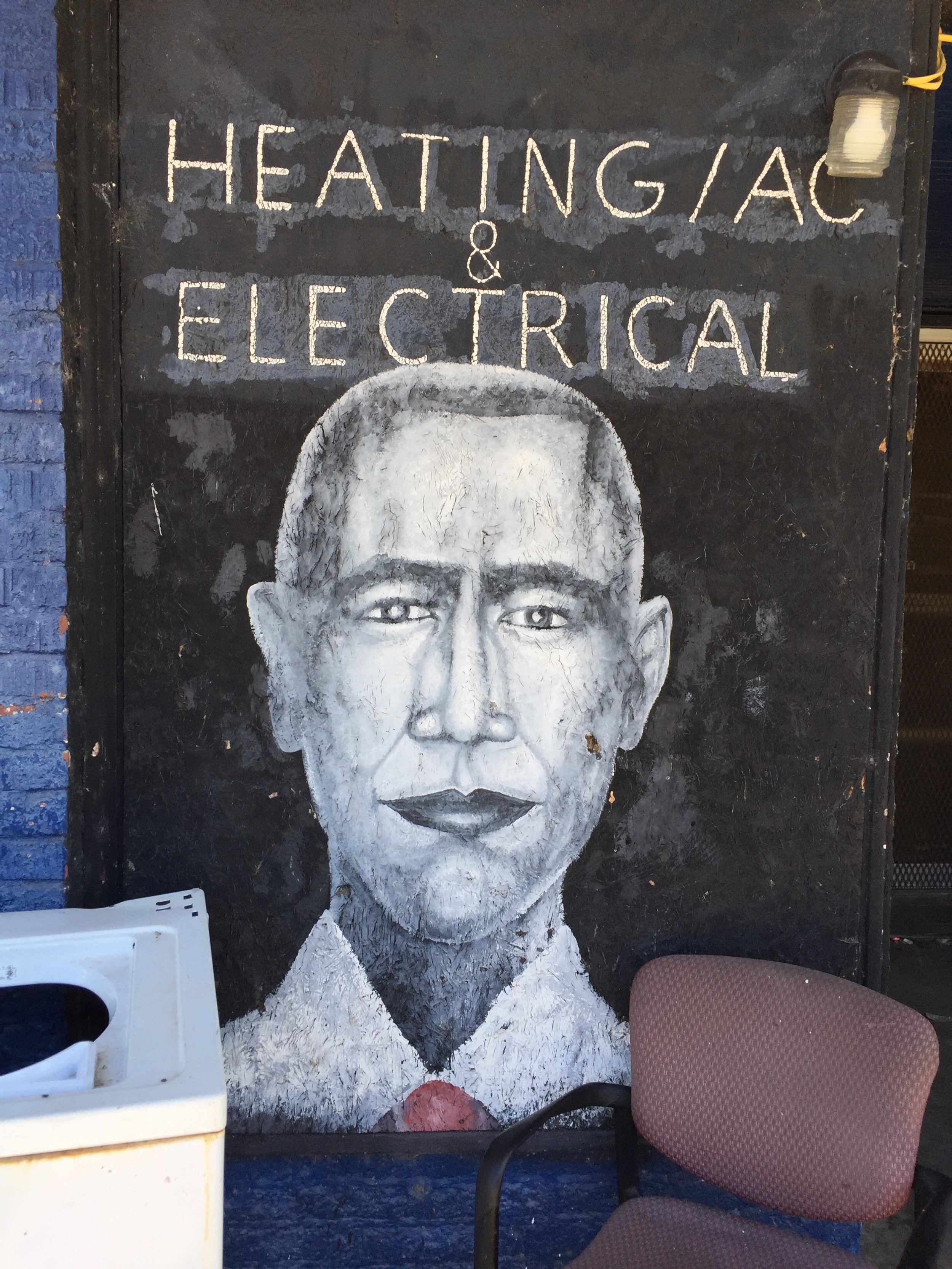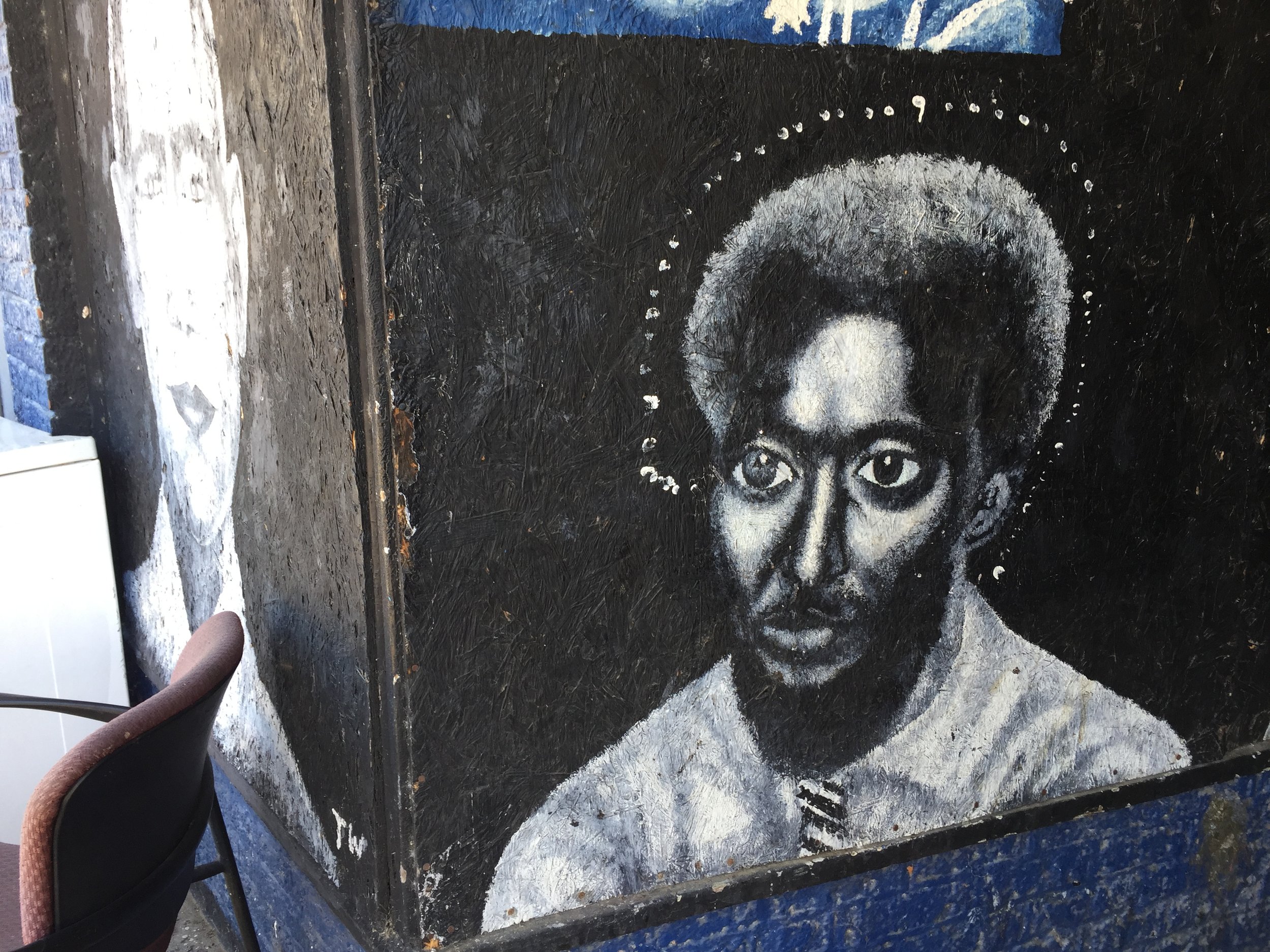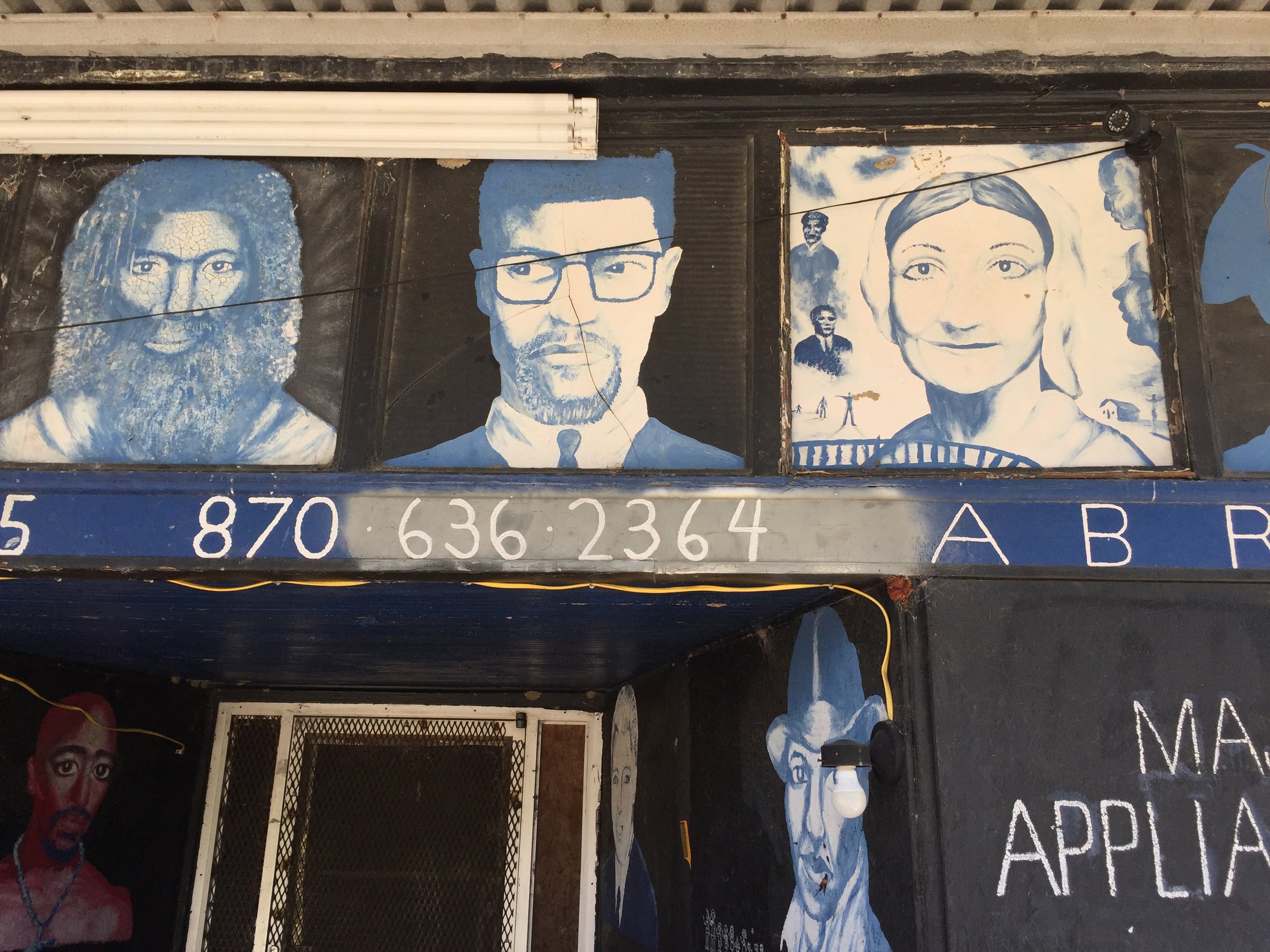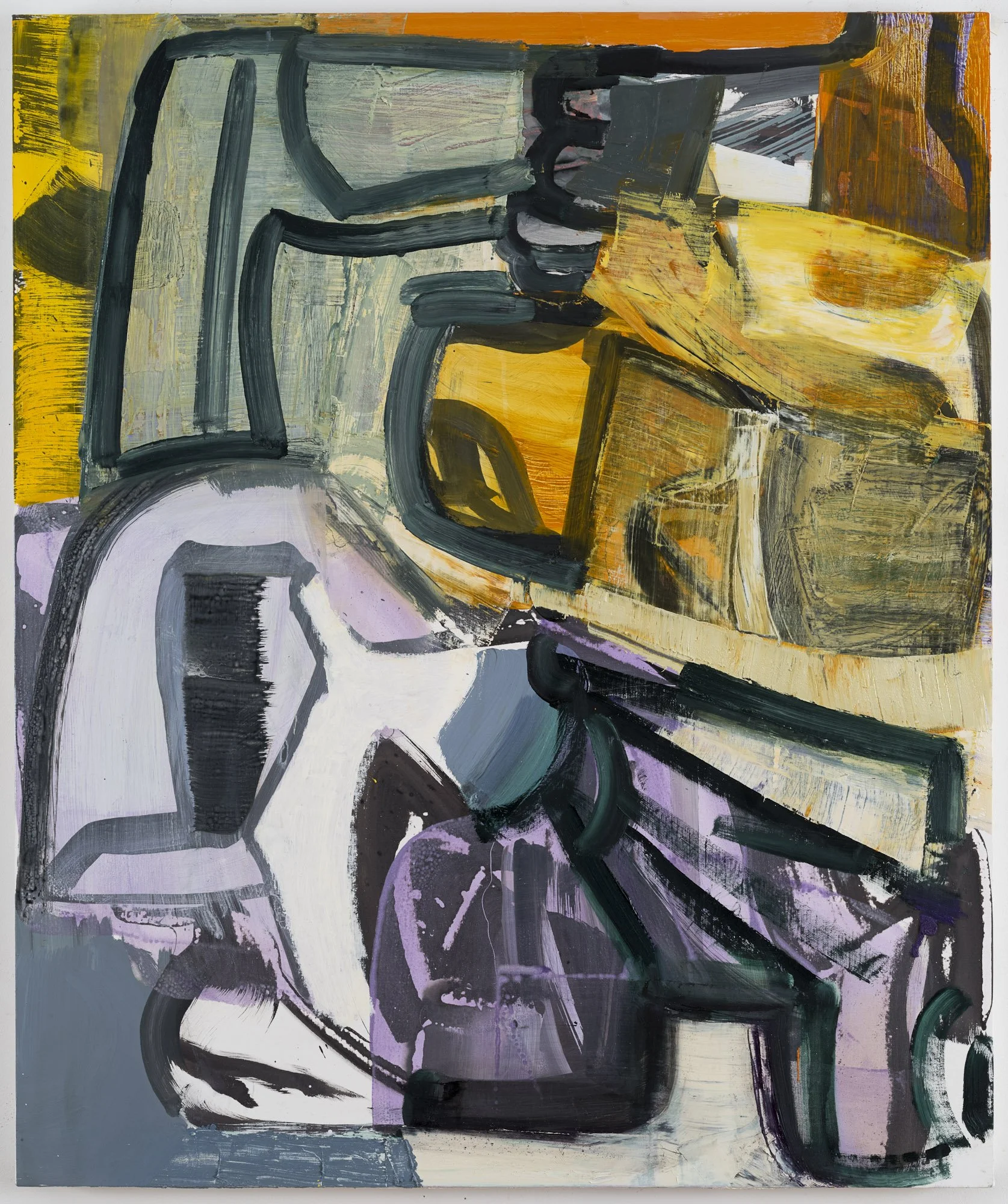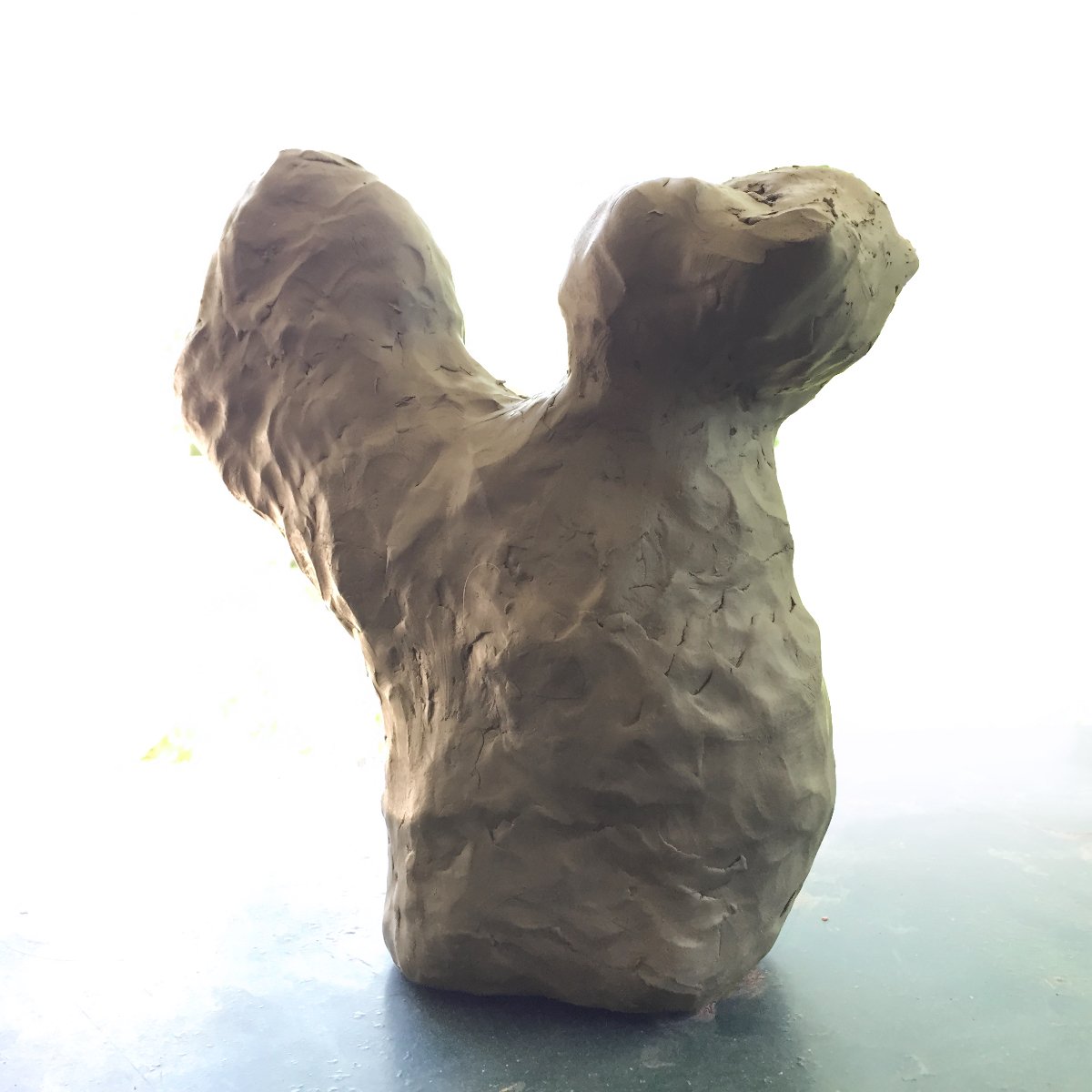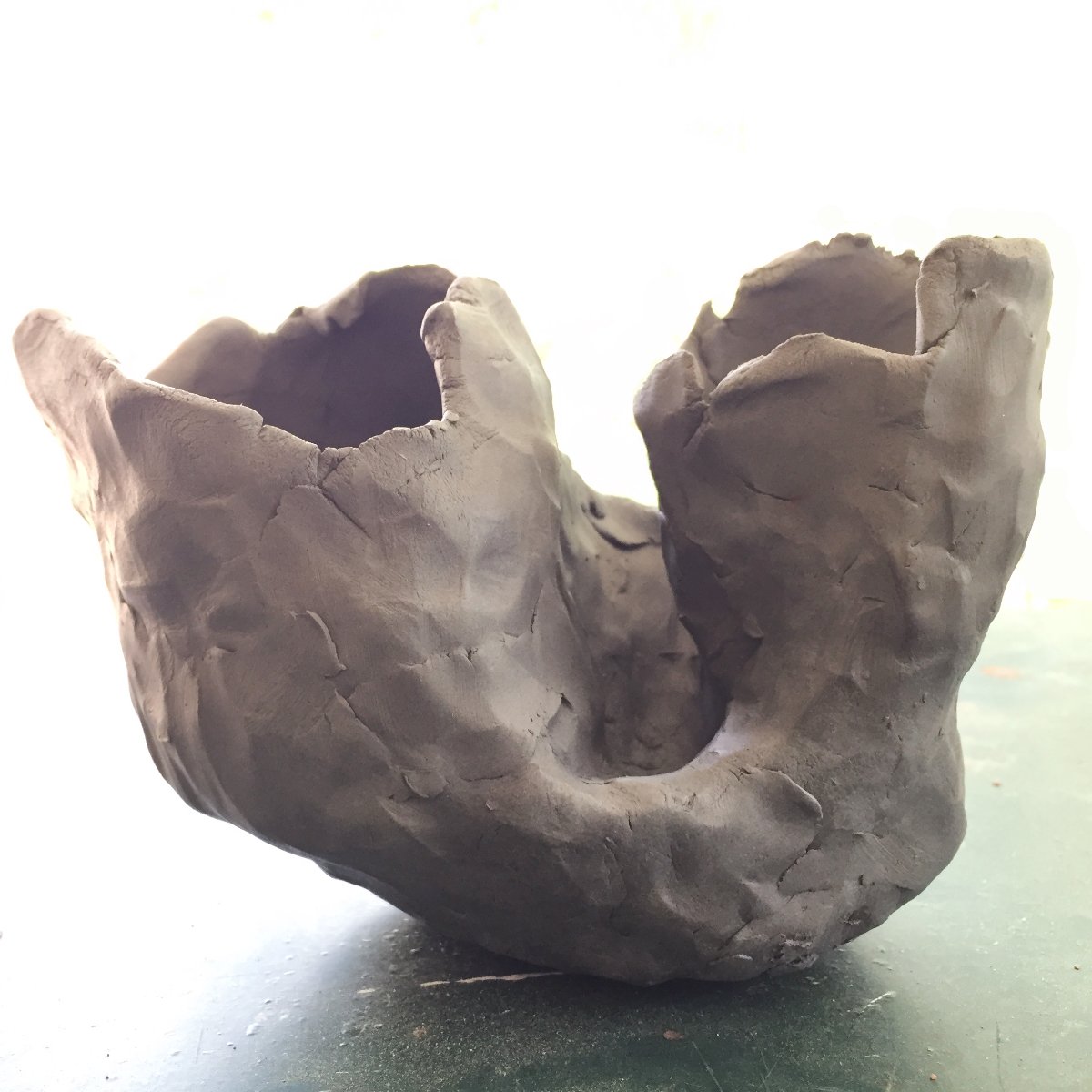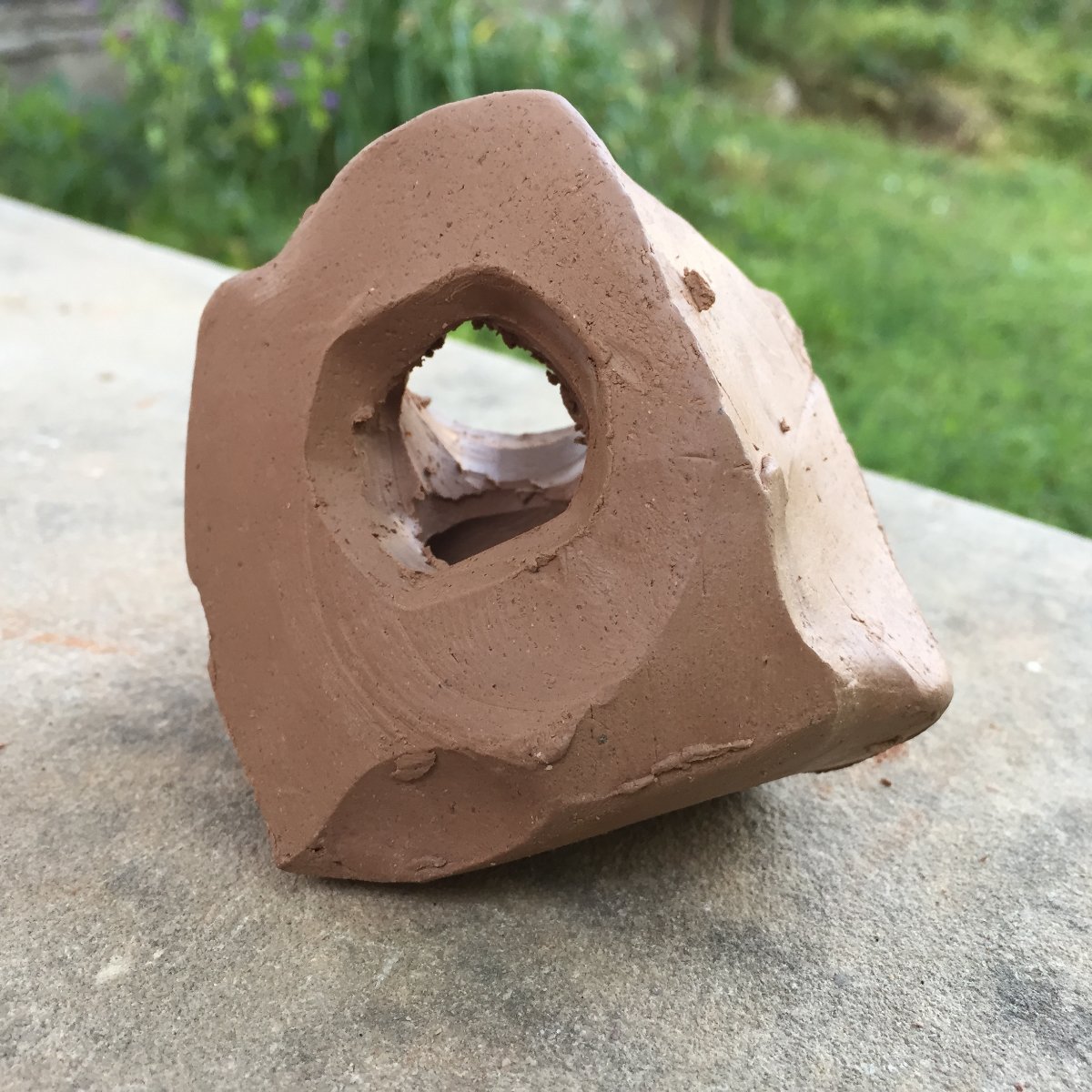Made a detour through Earle, Ark., a few weeks ago on the way back from Memphis. I’d long seen the sign on the interstate and was curious, and then I learned about the portraits painted on the outside of an appliance repair shop. They did not disappoint.
Secret Sky
From architect Catie Newell’s website: ‘Secret Sky is the structural reworking of the barn to allow the sky to enter and pass through the building.’ It is part of the 53North Barn Art project in Michigan.
The New Decisive Moment
‘The decisive moment’ is a phrase most often associated with photographer Henri Cartier-Bresson. The photographer’s job is to be always read for the lightning strike, the perfect subject and composition that flashes across the viewfinder. Preparedness and sensitivity are prerequisites, instinctive reaction without hesitation is key. A grand philosophy from an earlier era, when photography was ascendant, before the ubiquity of cameras, before digitalization and Photoshop.
I hadn’t given it much thought for a while, and then I ran across this statement in an old review of Matt Connors, work by Joe Fyfe:
"Contemporary painting has been under pressure since the advent of digital imaging, which has moved into the visual province that formerly belonged to photography. Roles have been reversed. You could once work a long time on revising a painting; now you can spend just as much time with a photograph, while painting has become the territory of the decisive moment."
Organelles
It Happens
While I wait for the new edition of Amy Sillman’s Faux Pas to drop this fall, I have been reading through some of her essays and zines. Today it was ‘Shit Happens,’ which first ran in Frieze in 2016.
While Sillman is primarily a painter, her essay, from its first line, announces broader intentions: “The first question confronting artists is, ‘What should I do’? And the next question is, ‘What would make it better’?” But rather than a straightforward answer, Sillman lingers on the very awkwardness produced by the searching and uncertainty that is art-making.
“That tension [between the ideal and the real] is what abstraction is partly about: the subject no longer entirely in control of the plot, representation peeled away from realness. This ambivalent state is precisely the state of mind for making a painting …”
And what name does Sillman give to this way of working? Improvisation.
“Improvisation is about working between subject and object; the object is merely a place through which questions are addressed.”
Central to Sillman’s essay and the tension she writes about is the awkwardness and comedy inherent in having bodies, the embarrassment of the real. She says it better. Read the essay.
Sillman’s Untitled (lavender) from a recent show at Gladstone Gallery
“Generally, my strategy has really been to start with something readily recognizable – a found object – and then trying to take that thing into a space of mystery ...”
A Brush With ... Nari Ward
Clay Sketches
While I can’t get out (after two years of avoiding it, I tested positive for Covid earlier this week), I’m trying to keep busy hand-building these little clay pieces. They’re not finished and won’t be fired. More like sketches in clay.
I start with a chunk of clay and pinch it, with no particular shape or outcome in mind but trying to keep any interesting surfaces or edges. Then I slowly combine these randomly pinched pieces until a form begins to take shape. Sometimes they slump under their own weight or lay on their side, and I let them, trying to let go of as much control as possible. Other times, an idea does arise during making. In the first form below, partway through, the inside seemed to want to become the outside, and I thought about Klein bottles. While the finished piece is not a Klein bottle, the form is influenced by the idea. And yet still intuitively and improvisationally made.
Positive-Negative Drawing Exercises
Two recent pencil drawing exercises created by marking randomly on the page and then erasing many of the lines to create new shapes with strong foreground/background contrast. Good for generating quilt designs, works on paper, etc.
Self-Taught Moon Walker
In an interview in Bomb magazine a few years back, Lonnie Holley was asked:
How do you feel about the term “self-taught?” The phrase has been used to describe artists like yourself who never went to art school or received formal training. I’ve always found the term misleading, as it suggests that one is making work in isolation or without influence, which usually isn’t the case, or that teaching happens only in a classroom. I’m curious if you identify this way, or if you see yourself as part of a particular lineage of artistic or spiritual thought?
Holley answered:
“People use terms like ‘outsider,’ or ‘self-taught,’ or ‘visionary’ to describe my visual art, and I’ve always felt like those words clung to me like an ill-fitted suit. A lot of what I’ve learned, I’ve learned through practice and trial and error, but I’ve always had guides along the way. … so many great human beings who I saw as guides. Hopefully they saw me the same way. … We all had our own way of doing what we did. We had to be students and teachers.
“We are all self-taught, aren’t we? If we are going to do something different, there aren’t always teachers to teach us. All the skills we learn help us learn the next thing. … So, I’m self-taught, but only in the way that I would describe myself. I don’t think anyone else really has the right to call me that because they don’t know me. They don’t know the people that learned me. The same way Neil Armstrong might have described himself as a self-taught moon walker.”
Lonnie Holley, Souls Grown Deep
Wedges
Found wood, found clay

